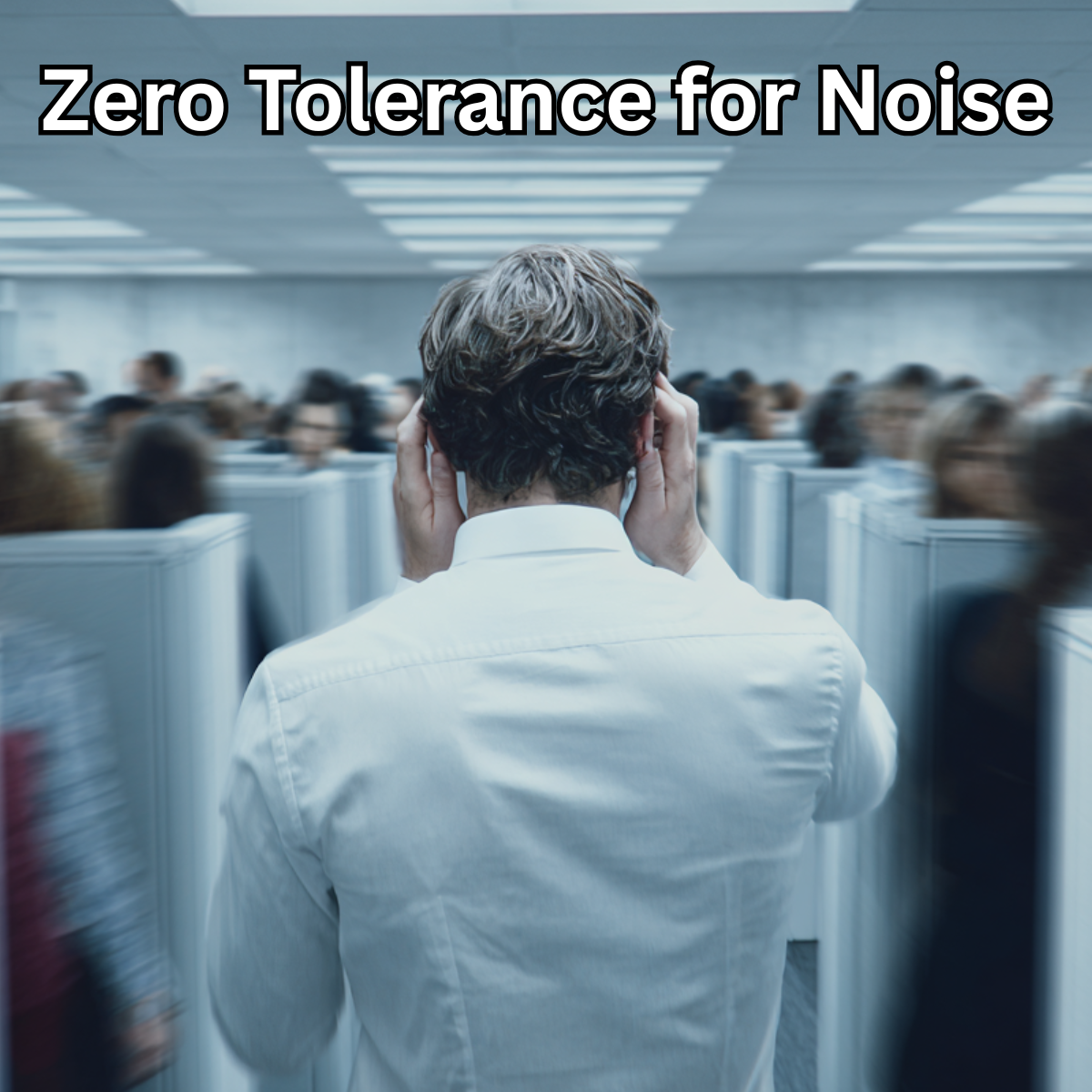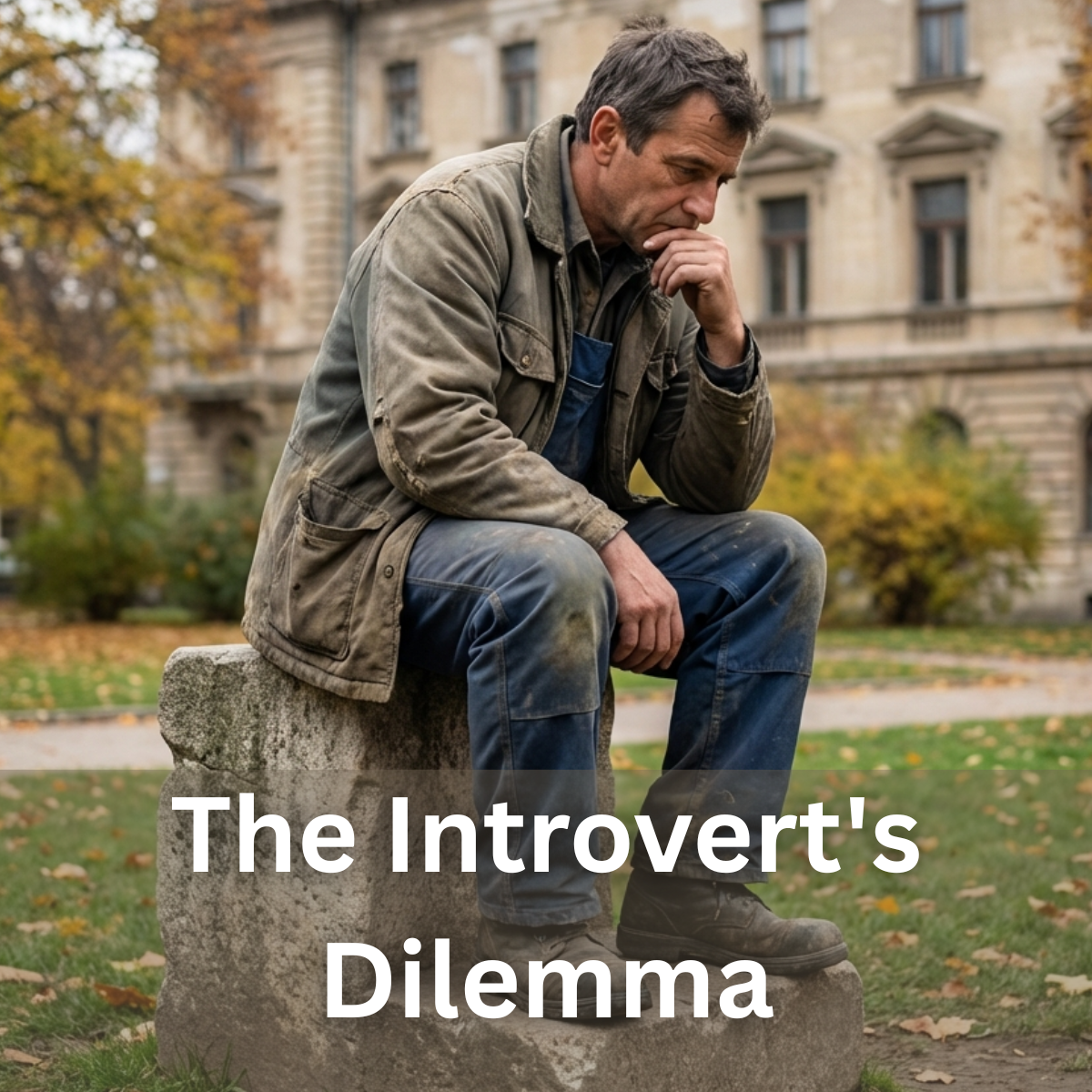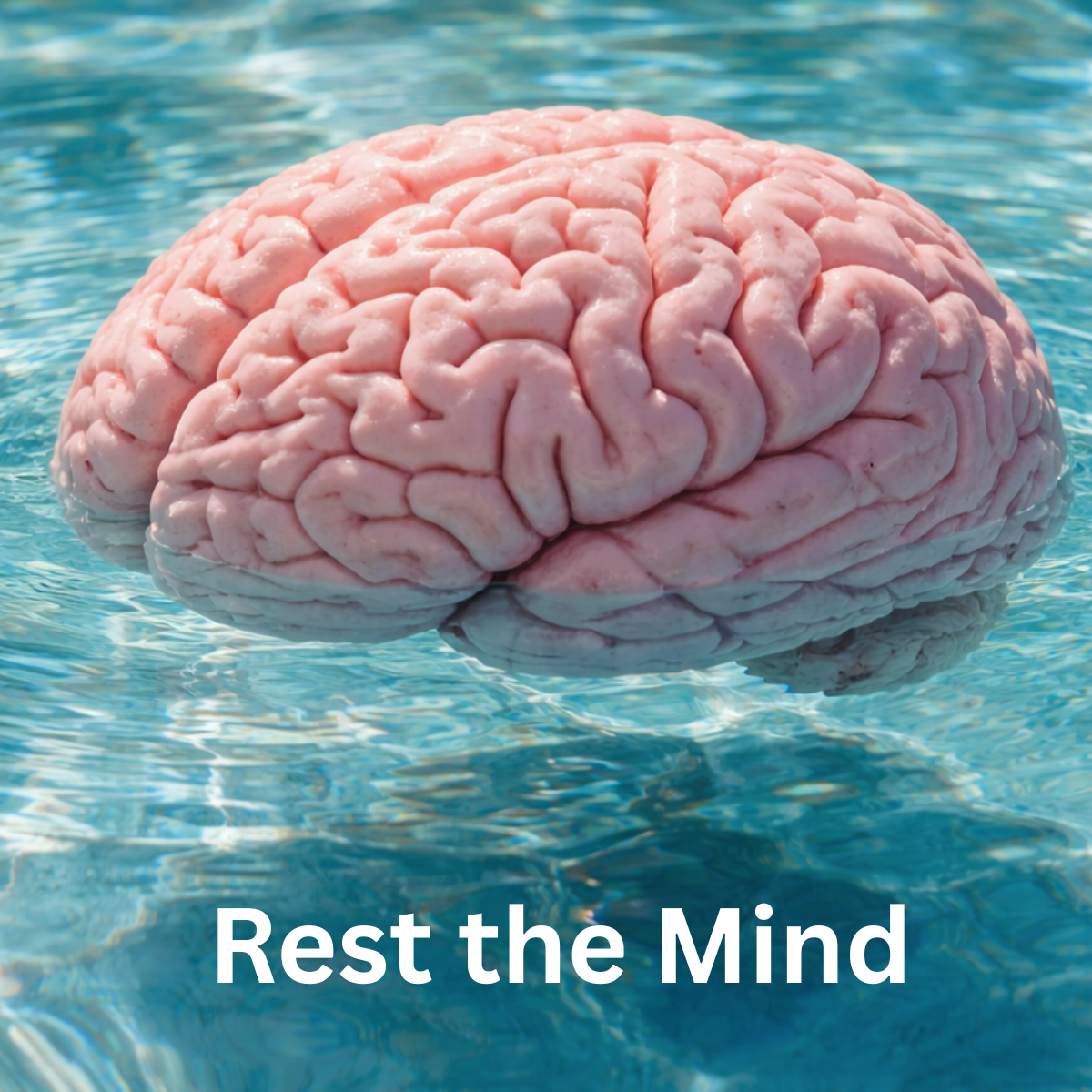I watched an interview with Kevin O’Leary (aka Mr. Wonderful) this morning. In that interview, he made mention of his time working for Steve Jobs. He used the analogy of Signal to Noise Ratio to describe how high-functioning executives like Steve Jobs or Elon Musk have little to no tolerance for noise. They focus almost exclusively on what is mission critical to get to the next step or next milestone in their product development or operational improvement. They are highly productive people, workaholics who spend most of their time focusing on their innovation, yes. However, the reason they outpace everyone else doing the same sort of thing is their relentless way of cutting out all the noise around them. In essence, their signal to noise ratio is far more signal than noise. This talk reminded me of where I first heard this analogy, and I thought I would take a moment to revisit one of the better business books that I have read in my lifetime.
Before I do that, we should take a moment and look more deeply into the concept of Signal to Noise Ratio, or SNR. The technical definition of this comes from an equation that is usually expressed in decibels (dB). The SNR is effectively a measure that compares the level of a desired signal to the level of background noise. The higher the SNR, the more clear and intelligible the signal. A low SNR means the signal is hard to distinguish from noise. This is especially important in digital communications, as the clarity of the signal is required for the speed at which that communication occurs. You simply cannot have any ambiguity when dealing with crisp, clear ones and zeroes in baseband signaling. This technical definition, used in technical communications and engineering, is all too tempting of an analogy to use when discussing business communications. A good quick example might be to use SNR to evaluate a meeting with work colleagues. Are your meetings clear, with actionable insights? Or are these meetings full of noise with irrelevant data, distractions, misleading inputs, or just cluttered chat about random things that do not achieve the objective of the meeting? If the latter, then you have a low SNR, and your meeting is bordering on meaningless.
Now that we understand the analogy, that brings me to the first author I remember reading who heavily relied on it. That of Nassim Nicholas Taleb. He is a statistician and former trader who has come into popularity due to the “Incerto” series of books that he wrote. The one on my bookshelf is called The Black Swan, which was published in 2007. The gist of his writing is that we tend to misunderstand randomness, uncertainty, and human error when we make decisions. In the case of the SNR analogy, he would argue that too often people will mistake noise for a signal. This occurs all too often in finance when trying to predict markets or stock performance, for example. The reason why this book was influential to me personally is because I owned a business when the 2008 financial crisis hit. That directly impacted my business in a significant way, so I turned to various sources to try to determine what went wrong. In my opinion, Taleb provided the best explanation, and although his conclusion was not comforting, at least I could understand what went wrong and the decisions I made that left me unprepared for what happened.
The quote from his book that encapsulates his idea is: “The inability to predict outliers implies the inability to predict the course of history.” Effectively, it is really easy for us to talk about how and why a significant unexpected event happens after it happens. It is not easy to predict these types of “black swan” events because throughout the course of human history, there has been one constant. The emergence of rare and unexpected events that change the course of history is not something that anyone can really predict. So be careful relying on overconfident people who tell you that they have removed risk or have a way to contain risk, because no one has ever, or will ever be equipped to predict the unpredictable. However, as usual, I digress from the point of my blog today. The reason I bring this up is Mr. Taleb’s use of the SNR analogy. He uses this to describe the tendency for people to believe something they want to believe because they think they see a signal, when in reality it is just more noise masquerading as a signal.
Any true signal should be crisp, clear, and undeniable. Anything else is just a loose prediction, and that 2008 financial crisis taught me that any prediction of future events is highly suspect because no one can account for the emergence of a black swan. We think that Google’s dominance of the search market is going to continue for many years to come. If you made that prediction 18 months ago, people would have believed you without question. If you make that prediction today, people are going to doubt. AI engines and chatbots have loosened that grip on search dramatically, and no one could have predicted this outcome from machine learning models just a few years ago. The point is simple, never say never, and never believe that anyone really knows the future of any market. The only thing we can know for certain is that it will be unpredictable, because that is exactly what the course of history has proven.
However, when it comes to your individual actions and decision-making, consider this SNR analogy more carefully. Do you want to go faster in life? In business? Do you want to achieve more with what you have? Most people will answer yes to this, but their way of solving it is not always the best path. When I was younger, I would have simply stated that if you want to achieve more than the next person, put more hours in a day. If they work eight, you work ten. If they work forty hours in a week, you should work eighty. Do they take the weekends off? Ha. Work all seven days instead of just five. This level of logic was naive on many levels. First off, I have certainly learned that I am not the only person on the planet that works extra hard. That is the easy part of the equation. You might also argue that you need to work on the right things during the time allocated. Meaning, if you want to go faster, spend your time on the things that will produce better results. This is a great theory, but hardly ever achieved. If it was that simple, I would be doing that all the time. Reality is, finding the right things to work on is one of the most difficult things that you will end up doing. So this leaves you with your only real option to speed up, besides hiring more people.
Reduce the noise. The more effective your team is, is a direct correlation to how much noise they have to deal with all the time. When I was running a big organization in a big tent company, I one day had an epiphany. I was sitting in a regular recurring meeting, which had a high noise ratio. A bunch of nonsense on the call, trivial updates, and meaningless banter. An unfruitful argument broke out that derailed most of the meeting, and we ended the call all feeling like we had wasted an hour of our lives. That led me to a discovery. I had twelve recurring meetings in my calendar. Twelve hours per week of just pure noise. Most of the output of those meetings could be summarized in a single sentence, so I was spending twelve hours a week getting inundated with noise. I decided to cancel them all. I just declined them all and went on with my life. Instant twelve hours available to me. My productivity soared. Many people got mad at me. “We really need your representation on this meeting,” or “we have important updates that you need to hear.” Nope. I just ignored them, politely declined, and moved on with my life. Spoiler alert: I was not needed after all. Nothing changed. The meetings continued, I was not missed at all, and I heard all those updates anyway.
One day, a chief executive made a decision to have the operations team produce a new report, which was supposed to help identify a potential risk in the business. The report never really did that, but it was a nice report that made everyone feel good, helping them think that they were doing something about the problem. One day, I just could not take it anymore. I had to reveal to this chief executive how much noise he had introduced into the company by making this a mandatory weekly report. To produce this report took multiple layers of personnel and multiple layers of meetings in order to get the report finalized for consumption by the executive team. This single report probably produced thousands of regular recurring meetings. In effect, it was 100 percent pure noise. This led me to another realization. Not only do you need to make sure that you are not participating in or listening to noise, but you should also be careful to not be the creator of noise.
I will conclude with this thought. The 2008 financial crisis did not take my company out, although it almost did. I could not predict or see the credit crunch coming, and it impacted my business in a negative way. It took three years of hard work to climb our way out of that hole, much like many other companies at the time. What almost did destroy my company was something else entirely. I learned the hard way that I was a noise creator. My team knew their mission, they knew what we had set out to achieve, and for the most part were doing an excellent job. The problem with our growth was me. I would come barging into the office, full of ideas and considerations, and I would completely distract the team with all my trumpeting around, banging on cymbals and tambourines. I was effectively noise. I would force them to work on pet projects, new ideas, and change their focus whenever I had a new whim or idea that came into my head. They had a hard time focusing and keeping the signal strong on their core purpose, because I was making that very difficult to distinguish from all the noise that I was creating.
I think that was the single hardest lesson that I have learned in my business career, and I think that was the point of Mr. O’Leary’s discussion of Steve Jobs. Sure, Steve Jobs was not known for his personality. People that knew him always had colorful things to say about the way he treated them. However, without exception, there is one thing that everyone would always say about him. What they were working on was always crystal clear, with little to no ambiguity. His SNR ratio was extremely high. He worked on what was the most important at all times, and demanded that everyone around him did so as well. This attribute that he and other successful people have may be one of the single causal factors in why a person is faster and more productive than another: their zero tolerance for noise.




